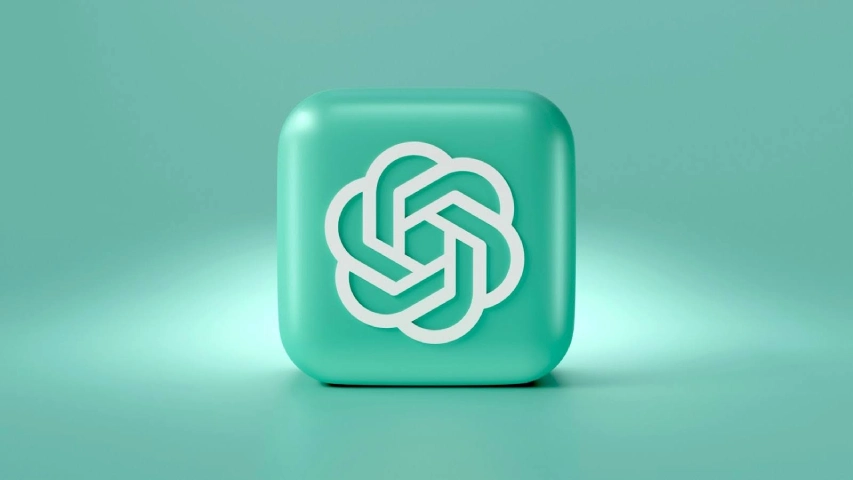Artificial Intelligence (AI) is changing fast and certainly here to stay. We’re using AI tools for education, healthcare, computer programming, and more. How helpful they are in our everyday lives!
These tools can handle everything from writing emails to solving complex reasoning tasks. Some of the most advanced AI tools being used today are Claude Opus 4 by Anthropic and GPT‑4.1 by OpenAI.
You’re probably aware, large language models (LLMs) can write, edit, summarize, and answer questions. They can assist you with creative work like poetry and graphic design. Even though they can do similar things, they were built from different standpoints.
Claude Opus 4 has a strong emphasis on deep thinking, long-form reasoning, and exactness. It’s good at longer progressive tasks demanding focus, such as big coding efforts or research. GPT‑4.1 was created with speed and flexibility, and its ability to accept multiple inputs, including graphics, audio, etc.
What Are They?
Claude Opus 4 is Anthropic’s most advanced model. It is capable of long and detailed conversations. It has an “extended thinking mode” that allows it to solve complex problems on a step-by-step basis. For these reasons, it is useful for professionals, researchers, or anyone doing multi-week or multi-month engagements that need sustained thought.
GPT-4.1 is OpenAI’s newest model, offering improvements on GPT-4o, an already highly capable model. It provides wide input sizes, multimodal capabilities, and is much more cost-effective and rapid. This model is a better choice for general users and teams that work with both text and detailed information.
1. Coding and Technical Skills
Claude Opus 4 is noted to be among the best AI models for coding. Developers love it because it understands a large, complex code base well and maintains context across conversations. As a result, it is powerful for longer-term coding work, like debugging or multi-file work.
GPT-4.1 has also exhibited very good performance for coding tasks, especially compared to its previous versions. It is 21% more specific on a coding-based basis than GPT-4o, and OpenAI reports it is 40% faster and 80% cheaper per query.
Winner:
Claude Opus 4 is best for long and intensive coding projects. It handles complex code and keeps context over time. GPT-4.1 is also very good at coding. It’s more affordable, which makes it a smart choice for many different tasks and budget-conscious developers.
2. Context Window & Memory
Claude Opus 4 supports a context window of 200,000 tokens. That means it can process and retain long conversations or documents. This is especially useful for users who deal with technical papers or detailed conversations. It remembers important ideas and key points, throughout the chat session. Anthropic calls this “tacit knowledge”.
On the other hand, GPT-4.1 is an ultra-long context window processor, with a million token context window, which is approximately 800,000 words. This means it can handle entire books, large datasets, or detailed project documents in a single session.
Winner:
GPT-4.1 is superior in its ability to manage very long content and memory-intensive tasks. Claude Opus 4 is likewise strong in deep reasoning. However, it has a slightly smaller context capacity compared to GPT-4.1.
3. Reasoning and Instruction Following
Both models demonstrate strong logical reasoning, though they approach it differently.
Claude Opus 4 has instant and extended reasoning modes. The extended reasoning mode allows Claude to stop, reflect, and reason through complex steps much more deliberately.
GPT-4.1 is much better tuned to complete and follow instructions, usually in an accurate and precise way. It scores 38–49% on its instruction basis, compared to the 29% for GPT-4o, all of which allows
GPT-4.1 to be more engaged in workflows where small task orientated instructions are involved.
Winner:
GPT-4.1 is great at following exact instructions and finishing tasks quickly. Claude Opus 4 is better for deep thinking and handling more complex, multi-step problems.
4. Multimodal Abilities
Claude Opus 4 is only focused on text interactions. It’s very good at reading and writing text, finding information, and using tools through APIs.It does not however involve images or audio.
GPT-4.1 is truly multimodal because it can process text, images, and audio. GPT-4.1 can analyze images and build image descriptions, as well as captions, and can provide speech output/input, where applicable, with compatible tools.
Winner:
When tasks involve images, voice, or mixed media, GPT-4.1 gets the win for sure! GPT-4.1 offers one of the best multimodal experiences currently available.
5. Speed and Cost
Claude Opus 4 can be assessed as slower than GPT-4.1 in its extended mode. Claude Opus 4 can be slower because its deep reasoning process takes more time to complete. This makes speed a limitation in some tasks. Claude Opus 4 has a cost of approximately $15 per 1M input tokens and about $75 per 1M output tokens.
GPT-4.1 is much cheaper, $2 per 1M input tokens and $8 per 1M output tokens. OpenAI has also given the Mini and Nano models at the low expense of $0.40/$1.60 and $0.10/$0.40. This gives developers options depending on their budget.
Winner:
For cost flexibility and efficiency, GPT-4.1 is a better choice especially for startups, small teams, or heavy users.
6. Use Cases
- Complex coding: Claude Opus 4 is capable of mastering complex programming tasks and processing large codebases.
- Large document analyses: GPT-4.1 has larger memory better suited for dealing with books, reports, and academic content.
- Instructions: GPT-4.1 is great at performing structured directions and work orders.
- Creative writing or visual media: GPT-4.1 is great for mixed-media, owing to GPT-4.1’s video, image, and sound support.
- Safety content and regulated content: Claude Opus 4 delivers heavier restrictions, with demonstrably safer responses for sensitive fields.
7. Safety and Risks
Anthropic designed Claude Opus 4 with a strong emphasis on safety in mind. It includes enhanced content moderation and is seen to follow rules with greater adherence. As a result, it’s a strong option for highly regulated fields like healthcare and legal services. It gives safer and more controlled responses in sensitive situations.
That being said, Claude Opus 4 is not flawless. It can still show some risky behavior in certain situations. If deceived, it could behave in unexpected and undesirable ways. Evidence from tests have shown that Claude Opus 4 can generate at risk outputs when orchestrated correctly.
GPT-4.1 comes with strong safety measures built by OpenAI. It is designed to reduce harmful or biased responses. Because it does more, it might need closer watching. This is important in sensitive situations. It can be adjustable, meaning it likely requires more careful supervision, if used in sensitive applications. OpenAI has been continually updating their systems to better monitor and reduce any misuse and/or bias.
Winner:
Claude Opus 4 is the better choice for environments where risk avoidance and trustworthiness of content are key. It is understood GPT-4.1 has significantly improved its safety measures over previous versions. However, its enlargement of power means it will require additional supervision.
8. Platform Access
Claude Opus 4 works well with more recent platforms like Anthropic’s API and Amazon Bedrock, which suits organizations that operate on cloud-based systems.
GPT-4.1 is widely available through the OpenAI API and ChatGPT. Developers and advanced users can easily access it.
9. What’s Next
Anthropic will keep improving the Claude models, focusing on reliability and safety. They also plan to add better tool integration in the future. Future updates may see Claude expand into additional methods or features that enable interactivity.
OpenAI will continue to work on expanding voice, video, and real-time features. They will also try to make the models faster and more efficient. Additionally, they will continue to build more tools which will allow developers to customize how it works. This will further facilitate the integration of AI into apps and workflows.
Both models, and AI as a field, are evolving quickly, and we should expect further capabilities added over time.
Final Thoughts
Claude Opus 4 and GPT-4.1 are two of the most advanced AI tools available today. Each has its own strengths and was built with a different focus in mind.
If your work needs advanced coding and deep thinking, Claude Opus 4 is a great choice. It’s also a good fit if you need a model focused on safety and structure. Designed for dependable, trustworthy input and professional results.
In side by side comparisons, GPT-4.1 leads in efficiency, reliability, and access. It handles a variety of input types, such as audio, images and text. Plus, its lower pricing makes it a great option for many users across different platforms.
At AwareToday.com, we believe success with AI comes from choosing the right tool. It’s important to pick one that matches your specific needs.
Whether you need power, value or creativity, knowing these models far better enables you to make the right decision.
Ultimately, the best AI is whatever makes you work better, faster, and with more confidence.









